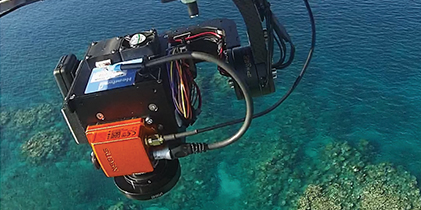
THE ENVIRONMENT
Australia has some of the cleanest air and cleanest water in the world. It is the largest island continent and one of only 17 countries to be described as “mega-diverse”, supporting between 600,000 and 700,000 native species of plants and animals.
Australia’s environment
Many of these species are found nowhere else in the world [ASN17]. Offshore, Australia’s economic exclusion zone (EEZ) covers a greater area than the landmass of the continent itself, and apart from abundant sea life, it is home to the world’s largest coral reef. As an island, Australia’s biodiversity has been isolated from many outside threats. However, increasing globalisation and transport by air and sea exposes Australia’s environment to many threats, including pollution, contamination, and the introduction of pests, weeds, and disease. The unique nature and richness of Australia’s biodiversity means there is a national responsibility to protect and conserve native flora and fauna. For this reason, Australia invests nearly $AU2 billion in the environment each year.
In this roadmap, the environment refers to climate, water and natural resources that affect conservation, human survival and economic activity. It also includes threats to this environment such as habitat loss, pollution (e.g., litter, air and water contamination), pests and biosecurity threats.








